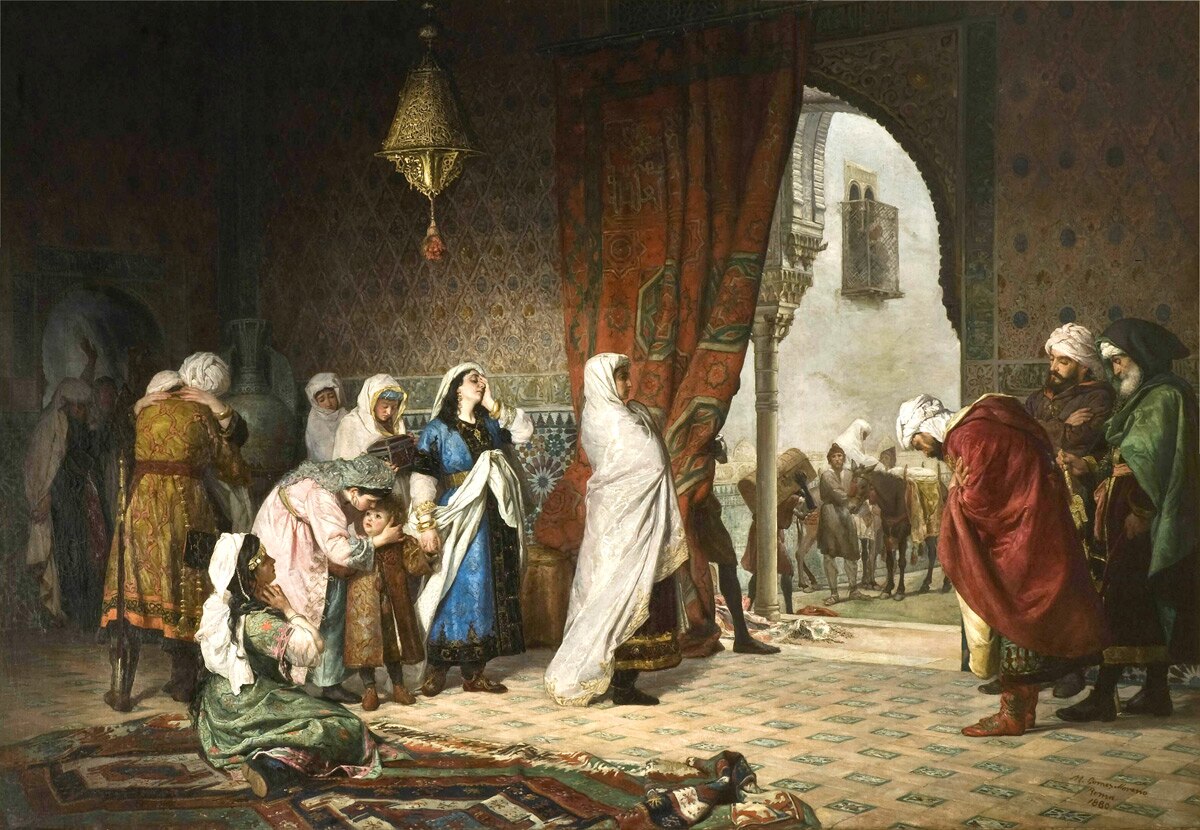
Al-Andalus
SpainThe small army Tariq led in the initial conquest consisted mostly of Berbers, while Musa's largely Arab force of over 12,000 soldiers was accompanied by a group of mawālī, that is, non-Arab Muslims, who were clients of the Arabs. The Berber soldiers accompanying Tariq were garrisoned in the centre and the north of the peninsula, as well as in the Pyrenees, while the Berber colonists who followed settled in all parts of the country – north, east, south and west. Visigothic lords who agreed to recognize Muslim suzerainty were allowed to retain their fiefs (notably, in Murcia, Galicia, and the Ebro valley).;
The second invasion comprised 18,000 mostly Arab troops, who rapidly captured Seville and then defeated Roderick's supporters at Mérida and met up with Tariq's troops at Talavera. The following year the combined forces continued into Galicia and the northeast, capturing Léon, Astorga and Zaragoza.
Al-Andalus was the Muslim-ruled area of the Iberian Peninsula. The term is used by modern historians for the former Islamic states based in modern Portugal and Spain. At its greatest geographical extent, its territory occupied most of the peninsula and a part of present-day southern France.
